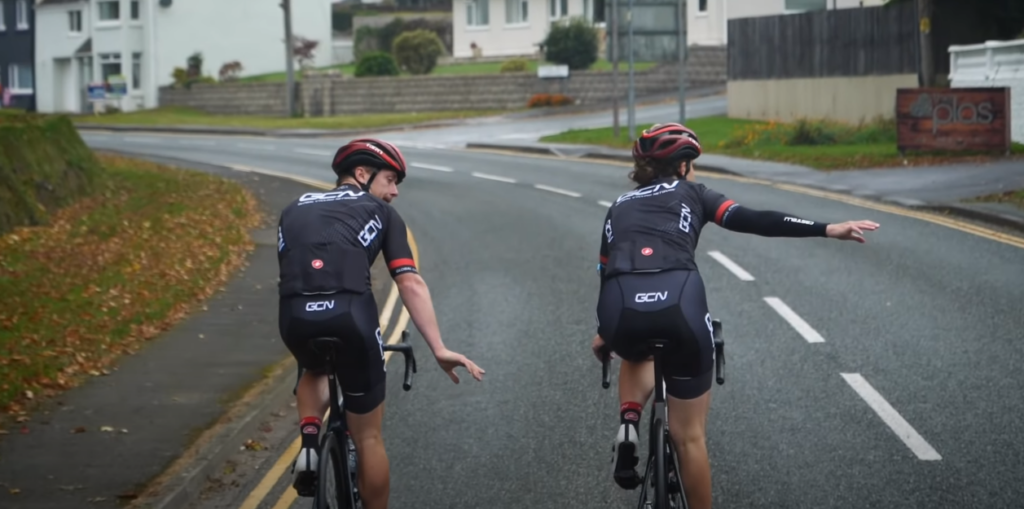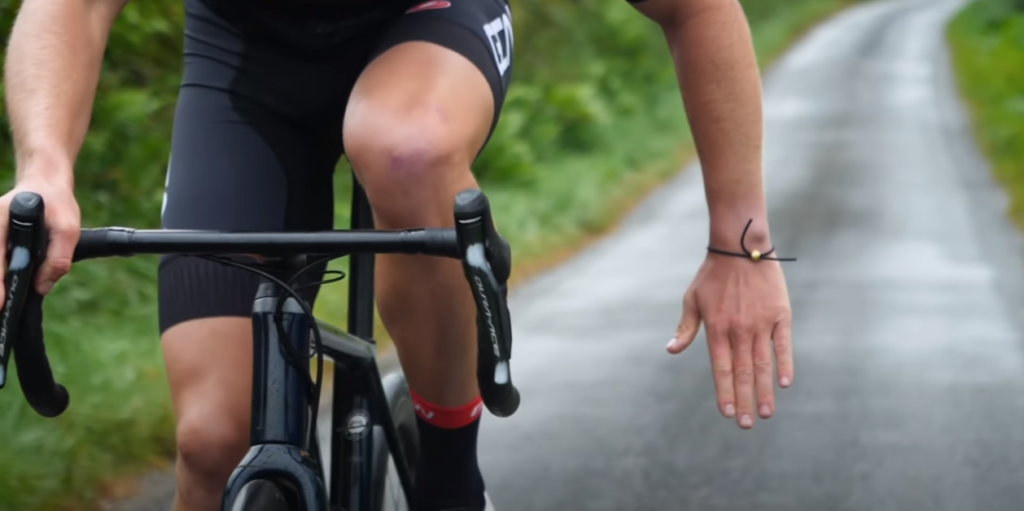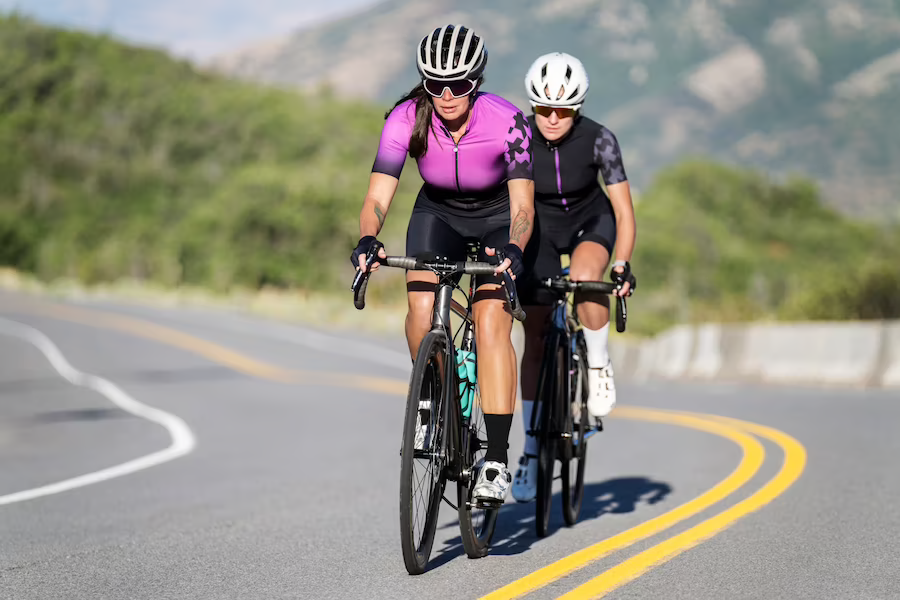Embarking on a journey through the realm of transportation, cycling emerges not only as a beacon of eco-friendliness but also as a captivating avenue to embrace physical vitality while embarking on explorations of the world around you. The cycling enthusiasts of New South Wales (NSW) find themselves immersed in the pivotal pursuit of comprehending and adhering to the intricate dance of road signals, a pursuit that stands as the bedrock of fostering a secure and delightful sojourn atop two wheels. Within the confines of this guide lies the power to endow NSW’s cyclists with the quintessential wisdom concerning the language of bicycle road signals, an arsenal that empowers you to gracefully traverse the bustling symphony of traffic while orchestrating seamless dialogues with fellow wayfarers upon the open road.
The Importance of Bicycle Road Signals
Bicycle road signals are a set of visual cues and gestures that cyclists use to communicate their intentions to other road users. These signals are crucial for maintaining safety on the road, preventing accidents, and ensuring a smooth flow of traffic. Just as drivers use turn signals and brake lights to indicate their intentions, cyclists must rely on these signals to convey their next moves.
Basic Hand Signals
1. Left Turn Signal
Signaling your intention to turn left is crucial for ensuring the safety of everyone on the road. The left turn signal involves extending your left arm horizontally out to the side of your body. This clear and straightforward gesture communicates to other road users that you intend to make a left turn at the upcoming intersection or junction. By using this signal, you are providing advanced notice to drivers, cyclists, and pedestrians behind and around you, allowing them to anticipate your maneuver and adjust their actions accordingly.
| Signal | Description |
|---|---|
| Gesture | Extend left arm horizontally to the side. |
| Meaning | Indicates a forthcoming left turn. |
| Importance | Enhances road safety by informing others of your intention to change direction. |
2. Right Turn Signal

When planning to make a right turn, the right turn signal becomes a vital tool in conveying your intentions to those sharing the road with you. You have two options for this signal: extend your right arm horizontally out to the side, or use your left arm and bend it upwards at a 90-degree angle. Both methods are effective in notifying others that you are preparing to turn right. This proactive approach to communication minimizes confusion and helps prevent accidents caused by unexpected turns.
| Signal | Description |
|---|---|
| Gesture Option 1 | Extend the right arm horizontally to the side. |
| Gesture Option 2 | Use your left arm to bend upwards at a 90-degree angle. |
| Meaning | Indicates an upcoming right turn. |
| Importance | Reduces the risk of collisions by ensuring others are aware of your intentions. |
3. Stop or Slow Down Signal

Slowing down or coming to a stop is a critical maneuver that requires clear communication to avoid rear-end collisions or unexpected actions by other road users. To convey your intention to slow down or stop, extend your left arm downward with your palm facing behind you. This hand signal provides a universal indication to drivers, cyclists, and pedestrians that you are decelerating and they should adjust their speed accordingly.
| Signal | Description |
|---|---|
| Gesture | Extend left arm downward, palm facing behind you. |
| Meaning | Communicates the intention to slow down or come to a stop. |
| Importance | Prevents potential accidents by giving a clear warning to other road users. |
Road Markings and Signs

In addition to using hand signals, cyclists need to be aware of road markings and signs that directly impact their safety and navigation. Here are some key markings and signs to keep in mind:
| Marking/Sign | Meaning |
|---|---|
| Bike Lane | Designated area for cyclists. Respect this space and stay within the lane’s boundaries. |
| Sharrows | Shared lane markings indicate that cyclists and vehicles share the same lane. |
| Bicycle Priority Lane | These lanes give priority to cyclists, and vehicles should only enter when necessary. |
| No Bicycles Sign | Prohibits cyclists from entering certain areas. Obey these signs to avoid fines. |
| Bike Route Sign | Indicates a designated route for cyclists. Follow these signs for safe navigation. |
| Caution Signs | Be aware of signs indicating potential hazards such as steep descents, pedestrian crossings, etc. |
Tips for Ensuring Safety
Cycling can be a fantastic mode of transportation and a healthy way to stay active. However, safety should always be a top priority. Whether you’re an experienced cyclist or just starting out, following these tips can significantly enhance your safety while cycling on the roads.
- Stay Visible: Wearing bright and reflective clothing is crucial, especially when cycling in low light conditions or at night. This makes you more visible to motorists and other cyclists, reducing the chances of accidents. Additionally, using lights on both the front and back of your bicycle greatly enhances your visibility, ensuring that others can see you from a distance;
- Stay Predictable: Clear and early signaling of your intentions is essential. This practice allows drivers and other road users to anticipate your movements, leading to smoother interactions and a reduced risk of collisions. Always use hand signals when turning or changing lanes, and make sure to maintain a consistent line when cycling on the road;
- Obey Traffic Laws: Cyclists are subject to the same traffic laws as motorists. It’s vital to follow traffic signals, stop at stop signs, and yield the right-of-way when required. Adhering to these laws not only keeps you safe but also helps foster a better relationship between cyclists and other road users;
- Maintain Your Bicycle: Regular maintenance of your bicycle is key to ensuring your safety on the road. Regularly check your brakes to ensure they are responsive, inspect your tires for proper inflation and any signs of wear, and make sure your lights are functioning correctly. A well-maintained bicycle reduces the risk of mechanical failures that could lead to accidents;
- Stay Aware: Maintaining situational awareness is crucial while cycling. Keep a vigilant eye on your surroundings, anticipate potential hazards, and stay focused on the road. Avoid distractions such as using your phone or wearing headphones, as these can impair your ability to respond quickly to sudden changes in the environment;
- Use Mirrors: Consider using mirrors attached to your bicycle or helmet. These mirrors provide you with a view of traffic behind you without requiring you to constantly turn your head. This extra awareness can help you make informed decisions and react appropriately to vehicles approaching from behind.
Conclusion
Mastering bicycle road signals is a vital skill for any cyclist riding in NSW. Effective communication through hand signals, along with a clear understanding of road markings and signs, contributes to a safer and more harmonious traffic environment. By following the guidelines outlined in this article, cyclists can confidently navigate through city streets, suburban roads, and countryside paths, making every ride a secure and enjoyable experience. Remember, your safety and the safety of others depend on your adherence to these road signals and rules.
FAQ
Verbal signals can be helpful, but they might not always be audible due to traffic noise. Hand signals are more universally recognized and ensure clearer communication.
Use proper hand signals to indicate your intention to change lanes. Check for traffic and move over when it’s safe.
No, the same basic hand signals apply when turning at intersections. Always use the appropriate signal to indicate your intended direction.
Use the “Stop or Slow Down” signal by extending your left arm downward. Additionally, gradually reduce your speed to give drivers behind you ample time to react.
In many cases, cycling on pedestrian sidewalks is not allowed. Look for signs indicating whether cycling is permitted. When cycling in shared areas, ride at a pedestrian-friendly speed and yield to pedestrians.
Follow the same rules as vehicles. Stop at red lights and wait for the green signal to proceed. Use hand signals to indicate your turns when needed.
